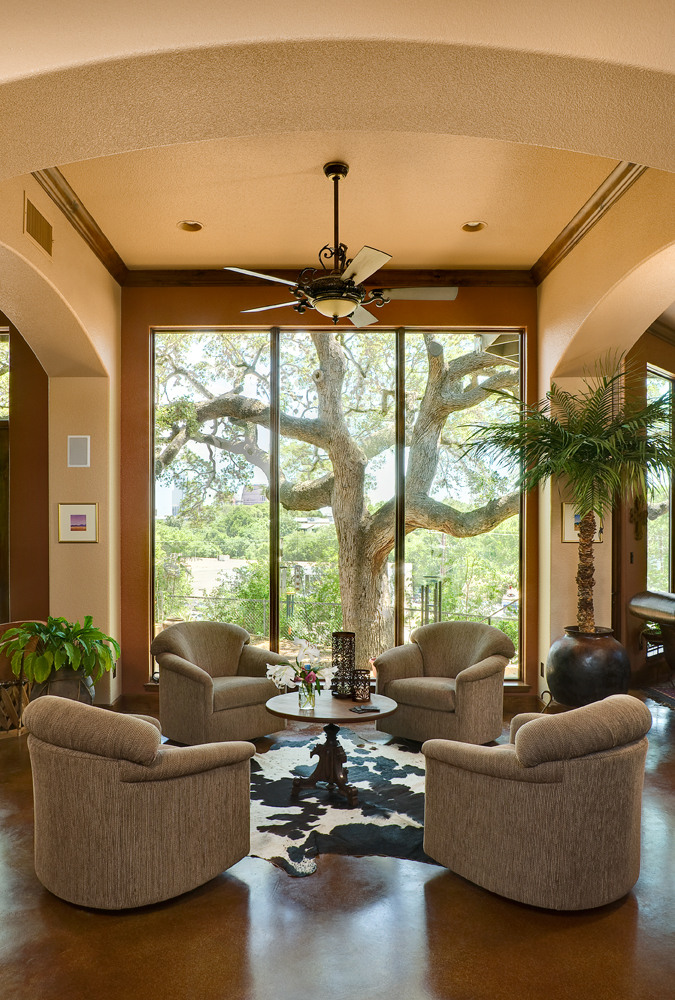BUILDING IN THE CITY OF AUSTIN 2019, INNER CITY (MCMANSION AREAS)
Designing for and building residential structures in the McMansion area of the City of Austin is a challenge. Having designed remodels, additions and new homes in the inner City (infill area) over the last 25 years, it has become an extensive planning process to satisfy all the city rules and regulations. One has to allow plenty of time and resources in order to get to a finished product. It is most helpful to work with an architect or builder who has been thru this process before so they can guide you through the right steps and help you expedite the plans through the City of Austin system.
The first step to take is obtaining an accurate certified survey of your site. This survey needs to be up to date showing all current improvements, trees, topography and utilities on the site.
If you have any large trees that are 19” in diameter or larger, you might have a protected tree. Part of the approval process is having a city arborists come out and walk the site and they will tell you what to watch out for. The critical root zones {CRZ} of these protected trees is where the problems occur when you start excavating the soils. You also have to watch out for your neighbor’s trees if the CRZ encroaches into your building area. It can be very problematic.
At the same time it is wise to have a city electric official come out and review any possible buried utilities and especially overhead power lines. In the older neighborhoods, power lines can run rampant. The last item that needs to be addressed sometime during the process is the soils conditions that your house sets on. There are many places in Austin that have unstable soils. If you adding a second floor to an existing house, it is wise to have a structural engineer take a look at your existing structure to see what is needed to hold the weight of a new second floor.
Once you have all these items cleared up, you can start your new design. The items that drive the layout of the new design are discussed above. Setbacks, trees, utilities and existing structures determine the layout of the new design. The McMansion rules and regulations require certain impervious requirements for the overall site, also the FAR ratio (floor to area ratio) drives how large the new structure can be. These are items the architect needs to figure out for you. There is a building envelope that has to be address for taller structures that apply to all sides of the building. One last item that is reviewed is if the house has any historic significance. That’s a whole department of its own.
Accessory Dwelling Units (ADU) have become extremely popular on the lots that have the proper zoning. This allows another unit, usually to the back side of the lot, to be added to a lot. ADU’s have a set of rules all of there own.
It is wise to start this entire process with a free sit down consult with a city planner. They allow up to 20 minutes with the home owner to review the details of the lot/house. Usually after this meeting you will have a feel for what its going to take to develop your property. I always take it a step further by doing a paid consult and present the preliminary design to the city official so we can review all aspects of the site and requirements for that particular neighborhood.
This is only a brief outline of what needs to take place in proper planning for the McMansion areas. There are a lot of hoops to go thru with planning and permitting but with a good planning, it’s worth the effort.
